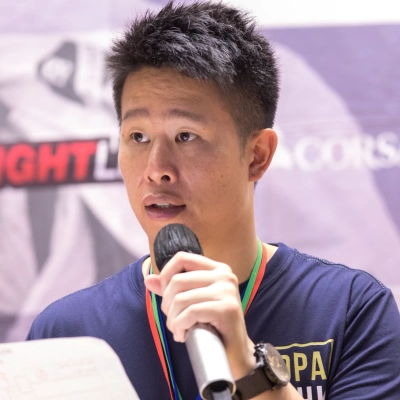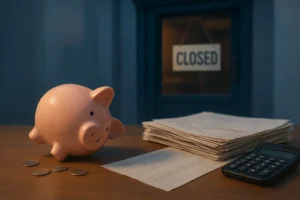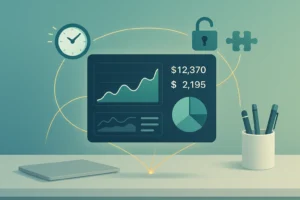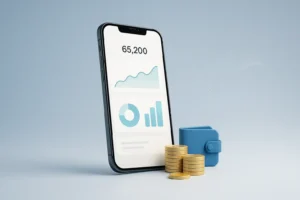Retiring early presents unique challenges that extend beyond financial planning, as confirmed by retirement specialists and financial advisors. This comprehensive guide addresses seven critical areas that can make or break early retirement success, from psychological money management to establishing identity beyond your career. Expert insights reveal that creating passive income streams and building flexible spending plans are essential components of a sustainable early retirement strategy.
- Build Flexibility Into Your Spending Needs
- Create Multiple Passive Income Streams
- Address Your Psychological Relationship With Money
- Plan for Life Without Professional Identity
- Stress-Test Your Withdrawal Strategy Early
- Transition Gradually Through Bridge Years Strategy
- Prepare for Non-Financial Aspects of Retirement
Build Flexibility Into Your Spending Needs
If you’re planning to retire early, the one piece of advice I’d give is this: get crystal clear on your spending needs and build in flexibility. Early retirement isn’t just about hitting a number, it’s about making sure that number can adapt to real life.
When you retire early, you’re likely facing a longer retirement horizon, which means more years of market volatility, inflation, and potential changes in lifestyle or healthcare costs. You also lose access to some traditional safety nets like Social Security and Medicare for a while, so you need to bridge that gap smartly.
One of the biggest challenges I see with my clients is managing the psychological shift from accumulation to decumulation. You spend decades saving and investing, and then suddenly you’re supposed to start drawing down. That’s not just a financial shift, it’s a mindset shift and can be difficult.
To overcome that, focus on scenario planning. Stress test your retirement plan against different market conditions, inflation rates, and spending levels. Consider building in a “bucket strategy” to segment your investments by time horizon—short-term cash needs, mid-term income, and long-term growth.
Bottom line: early retirement is absolutely doable, but it requires more than just hitting a savings target. You need a plan that’s dynamic, resilient, and aligned with how you actually want to live.

Create Multiple Passive Income Streams
As someone who built 15 income streams while traveling the world as a digital nomad, the biggest early retirement mistake I see is putting all your eggs in one basket–like only relying on traditional savings or a single business exit.
My wake-up call came when I had built my DIY Insurance Billing course to over 950 students, generating solid revenue, but I realized I was still trading time for money through 1:1 consultations. The unique challenge was scaling beyond my personal capacity without losing the quality that made my business successful in the first place.
What changed everything was creating multiple passive revenue streams that could run while I traveled between Inspirato properties and Airbnbs. I developed my Bill Like A Boss membership community, launched The Traveling Therapist Podcast for sponsorship income, and built a directory for therapists–each generating money without requiring my constant presence.
The game-changer was hiring an online business manager and two virtual assistants to handle operations while I focused on high-level strategy. Now I see fewer therapy clients but make higher income from my scaled businesses, giving me the financial freedom to live as a luxury traveler years before traditional retirement age.

Address Your Psychological Relationship With Money
As someone who’s worked with entrepreneurs planning major life transitions, the biggest early retirement mistake I see is not addressing your psychological relationship with money first. Most people focus entirely on the numbers but ignore the emotional patterns that will sabotage them later.
I came from a family of thrifters who celebrated every garage sale find and taught me to prioritize cost savings over everything. When I started planning my own financial future, I realized these scarcity-based money scripts were actually holding me back from making smart investment decisions and properly valuing my time.
The unique challenge I faced was learning to separate my personal money triggers from business decisions. I used to overload my schedule with clients because of fear-based thinking about finances, even when my numbers showed I was actually secure. I had to create what I call “good, better, best” financial markers to know when I was reacting from anxiety versus making rational choices.
My advice: spend six months tracking not just your expenses, but your emotional reactions to money decisions. Notice when you’re spending or saving from fear versus intention. I use tools like Quicken Simplifi to stay organized, but the real work is recognizing which old family money rules still control your choices and consciously rewriting them before you retire.

Plan for Life Without Professional Identity
As a Clinical Psychologist who’s worked with countless high-achieving professionals, here’s what I’ve learned: early retirement planning must account for the massive psychological shift of losing your professional identity. Most people focus entirely on the financial numbers and completely ignore the mental health crisis that often follows.
I’ve seen this repeatedly with clients who achieved early retirement but then spiraled into depression and anxiety. One NHS consultant I worked with had saved £1.8 million by age 52 but came to therapy six months after retiring because he felt completely lost without his hospital role. His sense of purpose had vanished overnight, and no amount of money fixed that void.
The challenge I faced personally was similar–when severe pregnancy sickness forced me to step back from my NHS Clinical Psychologist role, I experienced my own identity crisis despite having financial security. That’s when I realized work provides meaning, not just income. It led me to create Know Your Mind Consulting, which gave me purpose beyond just earning.
My advice: before you retire, identify what will replace the psychological benefits work provides–status, routine, social connection, and most importantly, meaning. Start building those alternative sources while you’re still working, whether through volunteering, passion projects, or gradual career transitions rather than abrupt stops.

Stress-Test Your Withdrawal Strategy Early
After helping hundreds of advisors through UAG transition from broker-dealers to independent RIAs, I’ve seen the same pattern with early retirement planning: most people focus on the accumulation phase but completely ignore the distribution complexity. The biggest mistake is not stress-testing your withdrawal strategy against different market scenarios before you actually retire.
The unique challenge I faced was what we call “advisor isolation syndrome” – when you step back from active income generation, you lose the daily market pulse and decision-making confidence that kept you sharp. I solved this by creating what I call a “retirement advisory board” – three trusted peers who meet quarterly to review my portfolio decisions and keep me accountable, just like we do for our UAG advisors during their transitions.
Here’s the tactical move that changed everything: I implemented a “Phoenix case study” approach with one of our Arizona-based advisors who retired early at 52. Instead of the traditional 4% rule, we created a dynamic withdrawal system that adjusts based on market volatility – taking 3.2% in down years and up to 4.8% in strong years. His portfolio has actually grown 12% since retirement because the flexibility prevented him from selling during market downturns.
The game-changer was treating early retirement like succession planning for your own life. Just like we help advisors structure their exit strategies at UAG, you need multiple “successors” to your paycheck – rental income, dividend portfolios, and part-time consulting work that keeps you engaged without the full-time stress.
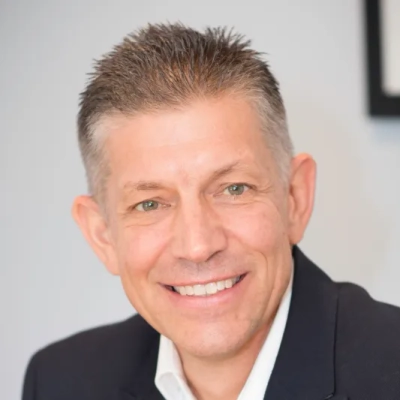
Transition Gradually Through Bridge Years Strategy
When I think about early retirement, I think about what I call the “Bridge Years Strategy.” Rather than think of retirement as something you flick on like a switch, I think of it as a PROCESS — you begin to wade into a new phase. The most difficult part for me wasn’t the numbers, it was asking myself who I’d be without the title and identity of leading teams and steering big campaigns. To get through that, I began dabbling in side projects and mentoring on the side while working my full-time job. Tackling just one consulting project a year offered me a window into what life outside the office might be like and also kept me challenged and connected.
The financial side was also its own set of curveballs, mainly once I understood that the cost of health care alone could chew through a few hundred thousand bucks over a decade. What helped was planning with buffers, not baselines — building in 20% more for big expenses, housing and medical at the time. It gave me peace of mind and allowed for surprises. I was going to say ‘test drive early retirement’ but that seemed obvious, so my actual biggest early retirement tip is to “test drive” it first. See what it feels like to be fully alive on 70-80% of your income. You’ll expose blind spots, tighten your budget and setting — giving you more clarity when you actually want to cross that bridge.
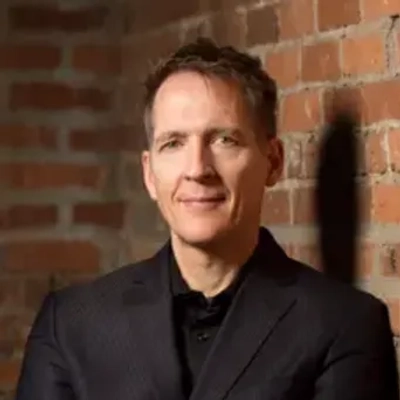
Prepare for Non-Financial Aspects of Retirement
My advice to anyone planning to retire early is to prepare for the non-financial side as much as the financial. While saving aggressively and investing wisely is critical, the unique challenge I faced was filling the sudden gap in daily structure and purpose. I overcame this by planning how I’d spend my time—whether through passion projects, part-time consulting, or volunteering. Retirement isn’t just about having enough money; it’s about building a fulfilling lifestyle that keeps you engaged and motivated.
